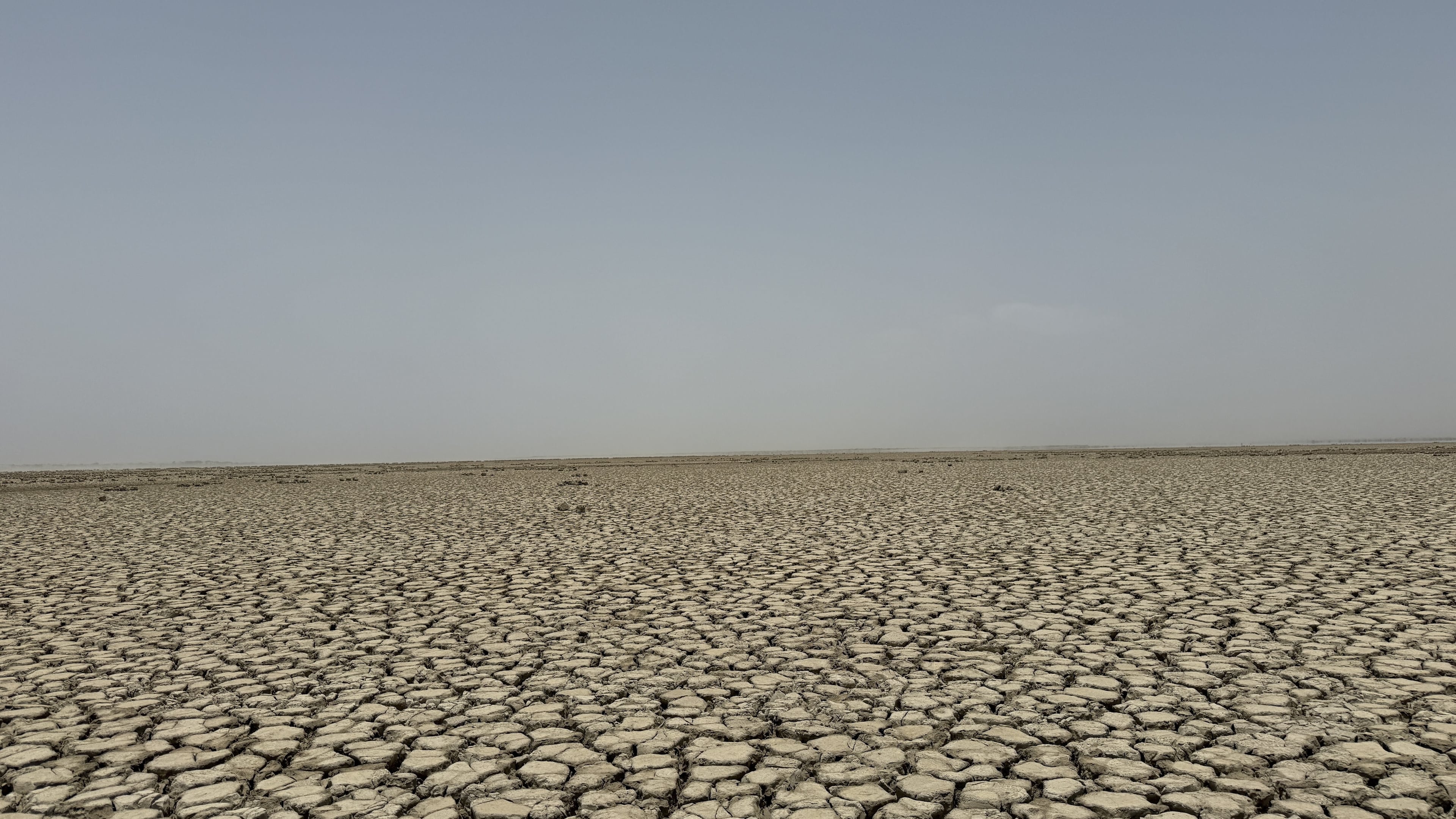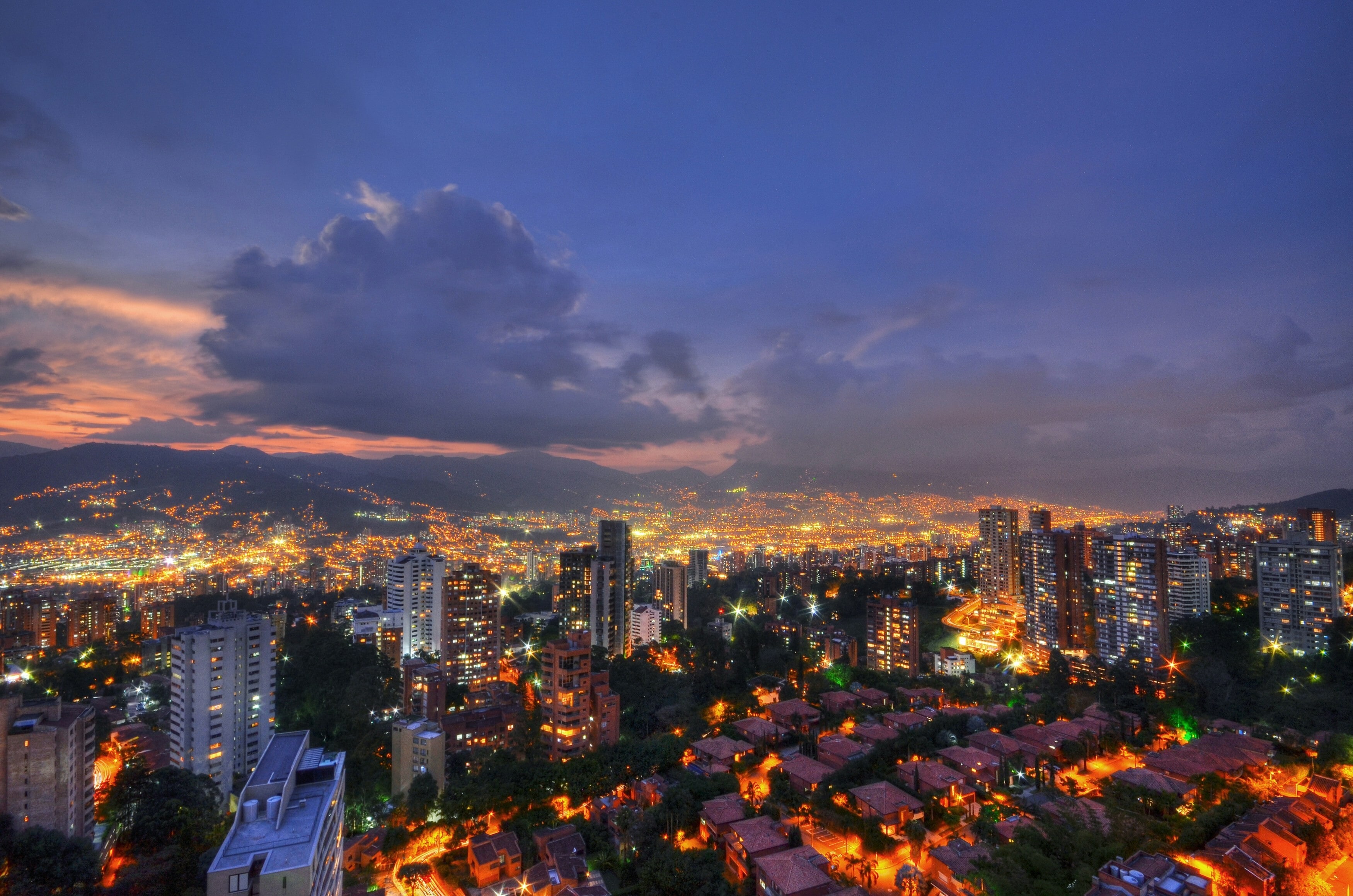What is a megadrought, and how is it impacting major regions in the United States?

The Western United States is facing its most extreme megadrought in over 1,000 years.
Image: Unsplash/Ross Stone
Stay up to date:
Fresh Water
- A megadrought is defined as a period of unusually dry weather – typically caused by a lack of rainfall – that has consequences such as damaging crops and causing water shortages.
- The current megadrought in the Western United States is the most extreme megadrought in the last 1,200 years, according to a new study.
- It says that the drought is a result of high temperatures and low precipitation, especially between the summer of 2020 and the summer of 2021.
- Reducing humanity’s most wasteful and polluting activities is the best way to end such droughts.
As the climate crisis continues to worsen, so do various “natural” disasters, from hurricanes and floods to wildfires and droughts. And in the U.S., a megadrought in the West and Southwest has been persisting for decades, with no sign of relief in sight.
What exactly is a megadrought, and what has caused this one to last for so long in the U.S. West? Keep reading for the details.
What is a megadrought?
A drought is defined as a period of unusually dry weather, typically caused by a lack of precipitation, that disrupts nature by damaging crops, causing water shortages, and more, as per the National Weather Service.
Similarly, a megadrought is a drought that persists for decades, according to The New York Times. Naturally, the longer a drought lasts, the worse effects it will have on the surrounding ecosystem and the animals and people who depend on that ecosystem.
So what exactly is going on with this massive megadrought in the Western U.S.?

A megadrought in the American West and Southwest has led to water shortages and more.
As detailed by The Guardian, states in the American west, including Arizona, California, Colorado, Nevada, and New Mexico have been the victims of a megadrought over the past two decades or so.
You can see an up-to-date map of areas in the American West affected by the drought on the University of Nebraska-Lincoln's Drought Monitor.

A UCLA study published in the journal Nature Climate Change earlier in 2022 found that this is the most extreme megadrought in the last 1,200 years. Additionally, this current megadrought officially unseated the megadrought that occurred in the late 1500s, which was previously the driest period recorded between the year 800 A.D. and now.
The current drought has had a number of effects on those who live in the American Southwest. For example, California Governor Gavin Newsom declared a statewide drought emergency in October 2021, and many areas of California are facing a severe water shortage, with residents being ordered to ration their water use.
Farmers are struggling, too. For instance, in California’s Imperial Valley, where alfalfa farming takes up about a third of farmed land, farmers have been encouraged to transition to growing other crops that are less water-intensive than alfalfa, as reported by The Guardian.

What caused this megadrought?
According to the February 2022 UCLA study, this megadrought can directly be attributed to high temperatures and low precipitation levels, which were especially prevalent between the summer of 2020 and the summer of 2021.
So what caused those two things? As for the high temperatures, I don’t think I have to tell you… higher temperatures are caused by global warming, which is caused by increased greenhouse gases in the atmosphere, which is primarily caused by human activities such as burning fossil fuels, deforestation, and animal agriculture.
As for low levels of precipitation (including rain and snow, which leads to reduced snowpack), a variety of factors can contribute to this, including the aforementioned increased temperatures. Additionally, changes in ocean temperatures, changes in the jet stream, and landscape changes can all contribute to reduced precipitation, as per NASA.
And in general, humans using too much water can contribute to droughts. A 2013 study published in the journal ScienceDirect found that 92 percent of humanity’s freshwater use can be attributed to the agriculture industry, and nearly one-third of humanity’s freshwater use is used for animal products, such as meat, dairy, and eggs. Animal products are some of the most water-intensive foods, according to research by the Water Footprint Network.
Accept our marketing cookies to access this content.
These cookies are currently disabled in your browser.
It’s no coincidence that California is suffering from some of the most severely drought-ridden areas amidst this megadrought, considering that California is the top agriculture-producing state, as per the USDA.
All that being said, the way we’ll put an end to this megadrought is the same way we’ll put an end to the climate crisis: by diminishing the most wasteful and pollutive human activities on Earth.
What’s the World Economic Forum doing about climate change?
Accept our marketing cookies to access this content.
These cookies are currently disabled in your browser.
Don't miss any update on this topic
Create a free account and access your personalized content collection with our latest publications and analyses.
License and Republishing
World Economic Forum articles may be republished in accordance with the Creative Commons Attribution-NonCommercial-NoDerivatives 4.0 International Public License, and in accordance with our Terms of Use.
The views expressed in this article are those of the author alone and not the World Economic Forum.
Forum Stories newsletter
Bringing you weekly curated insights and analysis on the global issues that matter.
More on Climate ActionSee all
Tom Crowfoot
August 14, 2025
Sikander Bizenjo and Eric Shahzar
August 14, 2025
Tom Crowfoot
August 12, 2025
Luis Antonio Ramirez Garcia
August 11, 2025




